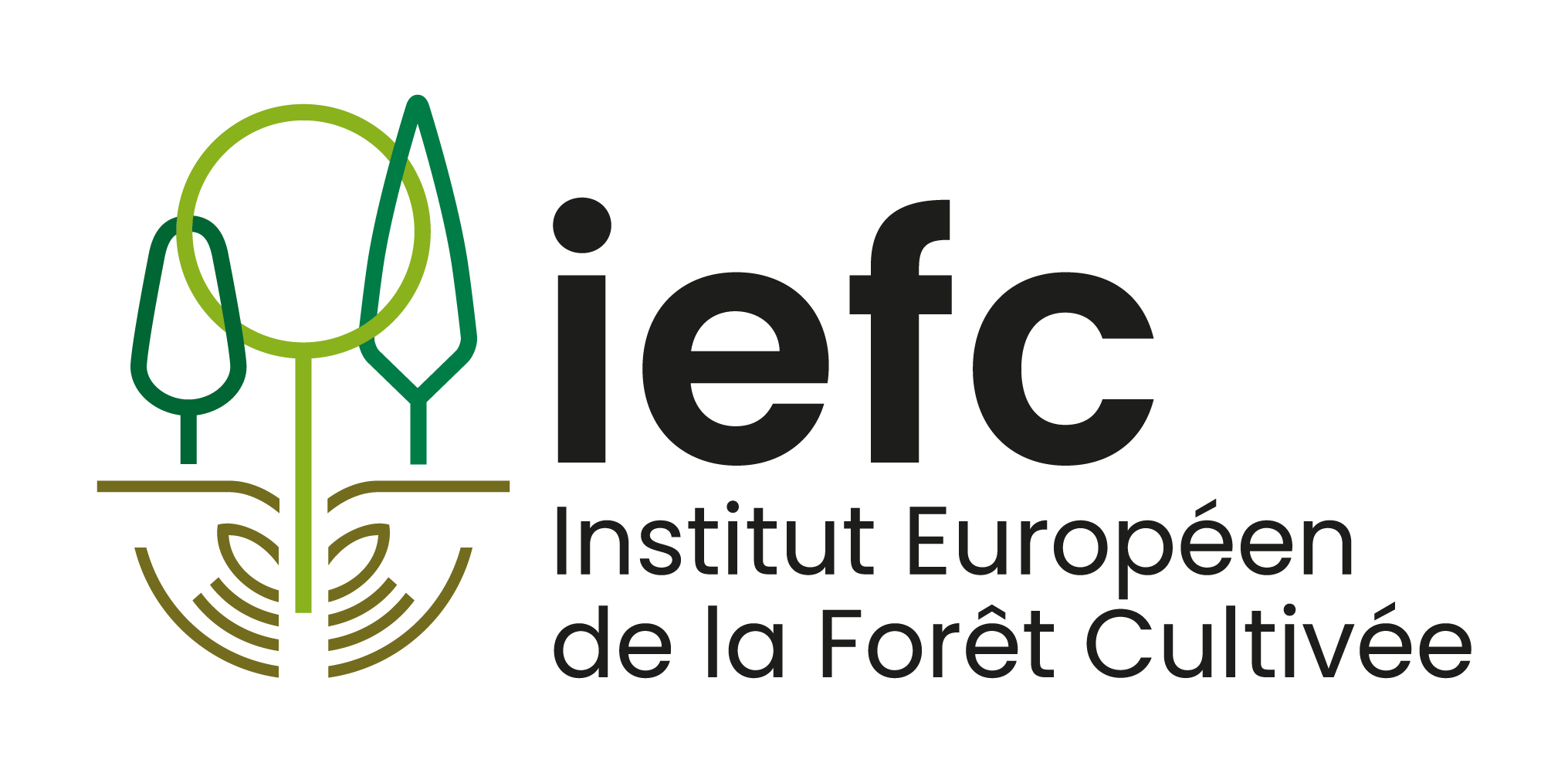Spruce bark beetle
Ips typographus (L.) (Coleoptera, Scolytidae)
Host tree
- Ips typographus is widely distributed in Eurasia where it mainly infests Norway spruce (Picea abies).
Identification
- Ips typographus is a medium-large bark beetle species (4-5 mm), which attacks mainly the medium-lower trunk of mature spruce trees.
Damage
- The species causes serious damage in all the European spruce forests. Although killing the trees, the attack of the bark beetles only marginally affects the wood.
- The insect, however, indirectly affects the technological quality of the wood because it is a vector of blue stain fungi (Ophiostoma polonicum) which spreads in the sapwood.
Biology
- One or two generations a year, depending on altitude and climatic conditions.
- Adults overwinter in the litter or bark of trees colonized during the previous year.
- In spring they emerge with mean air temperature of about 18 °C and rapidly infest the bark of new host trees.
- The species is polygamous with a number of females per male ranging from 1 to 3.
Risk factors
- Stressed trees are more prone to attacks. Wind and snow tree damage is the most frequent risk factor for beetle infestations. If the damaged trees are numerous and are not harvested quickly, the population density of the spruce bark beetle can substantially increase and large infestations may start.
- Infestations can also originate from piles of fresh and non-debarked logs.
- Outbreaks are also frequently elicited by water and heat stress in spruce plantations of low altitude.
Distribution
- Widely distributed in Eurasia where spruce occurs. Absent from the British Isles.
Pest management
Monitoring
- Specific synthetic pheromones can be used in traps for population monitoring.
Preventive measurements
- Preventive measurements mainly concern the reduction of excessive tree densities and the harvesting of trees infested or susceptible to colonization.
Curative control
- The outbreak control is difficult and can give good results only when conducted continuously for several years by an IPM system. The early detection of the infestation is always a crucial aspect, as it allows to immediately destroy the insect broods. Additional measures can be carried out in summer to eliminate insects of the second generation or sister generations.
- Traps and trap-trees baited with specific pheromones are another effective mean for reducing the population density of I. typographus.
Climate change
- Outbreaks are likely to increase in most of Europe because increased summer droughts, storms and fires will provide more favourable conditions for this secondary bark beetle.
